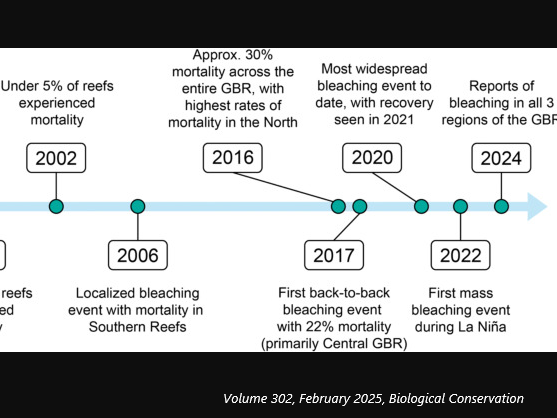
Predicting coral bleaching events has been key to reef conservation management efforts. Current satellite-based bleaching prediction tools offer effective regional-scale alerts of bleaching risk, but lack reliability at the reef-scale. Bleaching models focus on predicted heat exposure during summer, omitting critical factors that influence heat stress responses and the subsequent coral reef community bleaching severity. The IPCC framework however assesses the susceptibility of a system to be harmed by climate change based on exposure, sensitivity, and adaptive capacity. In this perspective, we propose integrating the IPCC vulnerability framework to develop a holistic coral bleaching prediction model that accounts for reef-scale exposure to heat stress, species-specific sensitivity, and adaptive capacity. We specifically recommend: 1) incorporating historical temperature metrics to account for acclimatisation responses, 2) including community composition metrics to better reflect variations in sensitivity at the reef scale, and 3) addressing environmental conditions to identify potential refugia and refine predictions. We discuss these factors and the feasibility to inform metrics for use in prediction tools. Historical temperature is identified as a primary target, with community composition and environmental drivers recommended for further exploration as data availability improves. Future assessments of these sensitivity metrics should be integrated into an experimental framework to further refine and improve prediction tools. This perspective underscores the urgency of refining coral bleaching prediction models and directly supports reef conservation efforts in the face of climate change.












